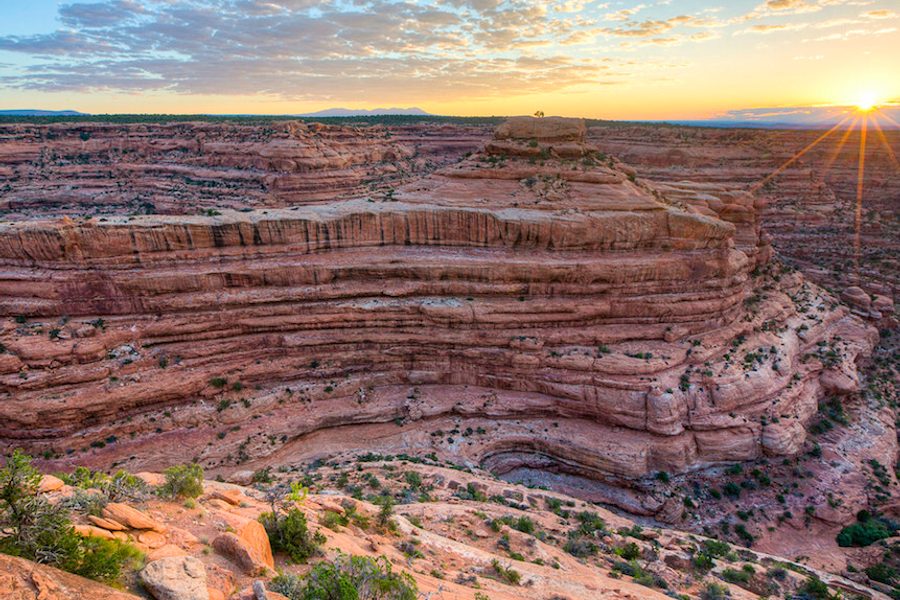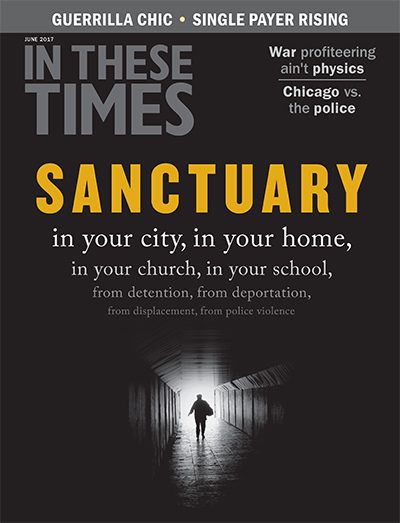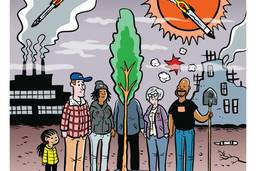
America’s public lands, Donald Trump told Field and Stream magazine in January 2016, are “magnificent.”
“We have to be great stewards,” he intoned. “Keep the lands great.” He only just restrained himself from adding, “Some of my best friends are public lands.”
While he’s “very much into fracking and drilling,” Trump continued, he would only support energy exploration that didn’t “damage the land.” (Of course, extractive industries “damage the land” almost by definition. Even relatively low-impact coal mines leak pollutants into groundwater and can cause sinkholes; fracking, for its part, produces poisonous wastewater and requires habitat-destroying pipelines.)
Trump also seemed to suggest increased funding for land maintenance, and — in contrast to many Republican legislators — opposed transferring federal land to the states, as the states are likely to sell it off.
This was smart politics. A January poll of seven Mountain West states found that only 37 percent of voters support ceding federal lands to the states, while 94 percent support improving public-lands infrastructure and 82 percent want improved access. Politicians, take note: Among the government’s most popular institutions is one of its most radical experiments in communal ownership and environmental protection.
Unfortunately, Trump’s ecological populism is about as sincere as his economic populism. He has repeatedly promised to ramp up fossil-fuel extraction, and for Interior Secretary tapped Rep. Ryan Zinke (R-Mont.), whose voting record on issues like forest protection, lead poisoning and natural-gas drilling has earned him a lifetime score of 4 percent from the League of Conservation Voters. (He nonetheless maintains an outdoorsy image: Zinke arrived for his first day of work astride a horse named Tonto.)
On March 28, Trump signed an executive order directing Zinke “to amend or withdraw” Obama’s moratorium on leasing federal land to coal companies. There was no mention of avoiding “damage,” or of the fact that only a third of Mountain West voters want more coal mines on public land.
On April 26, another order prompted Zinke to review national monuments designated over the past 21 years, putting millions of acres at risk. Lands such as these support jobs in the recreation and tourism sectors, offer much-needed opportunities for low-cost, low-carbon leisure, and comprise critical habitat for wildlife.
Trump’s orders, then, are a tragedy — and an opportunity. In Montana, for example, a Berniecrat banjo player is mounting a serious challenge for Zinke’s House seat using land defense as a hook. Savvy progressives should follow his lead.
The debate over public lands puts environmentalism in its most positive light, shifting the narrative from material scarcity and out-of-work coal miners to a diverse and democratized commons. Any populism worth its salt must go beyond fights for bare subsistence, opening up space for humans — and others — to thrive.
On Earth Day, while hundreds of thousands marched for science worldwide, Trump reiterated his support for “forests, lakes and open spaces.” But his feints toward conservationism are more silver tongue than silver lining. Were there a silver lining, Trump would be leasing it to a mining company.
Dayton Martindale is a freelance writer and former associate editor at In These Times. His work has also appeared in Boston Review, Earth Island Journal, Harbinger and The Next System Project. Follow him on Twitter: @DaytonRMartind.









